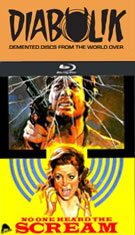
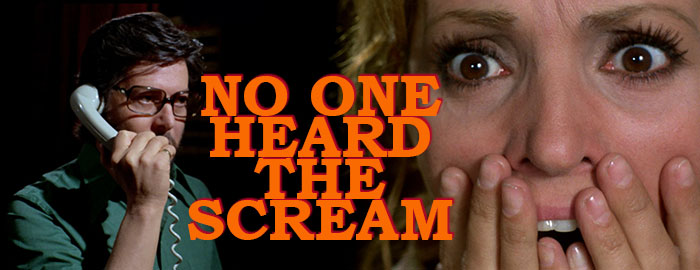


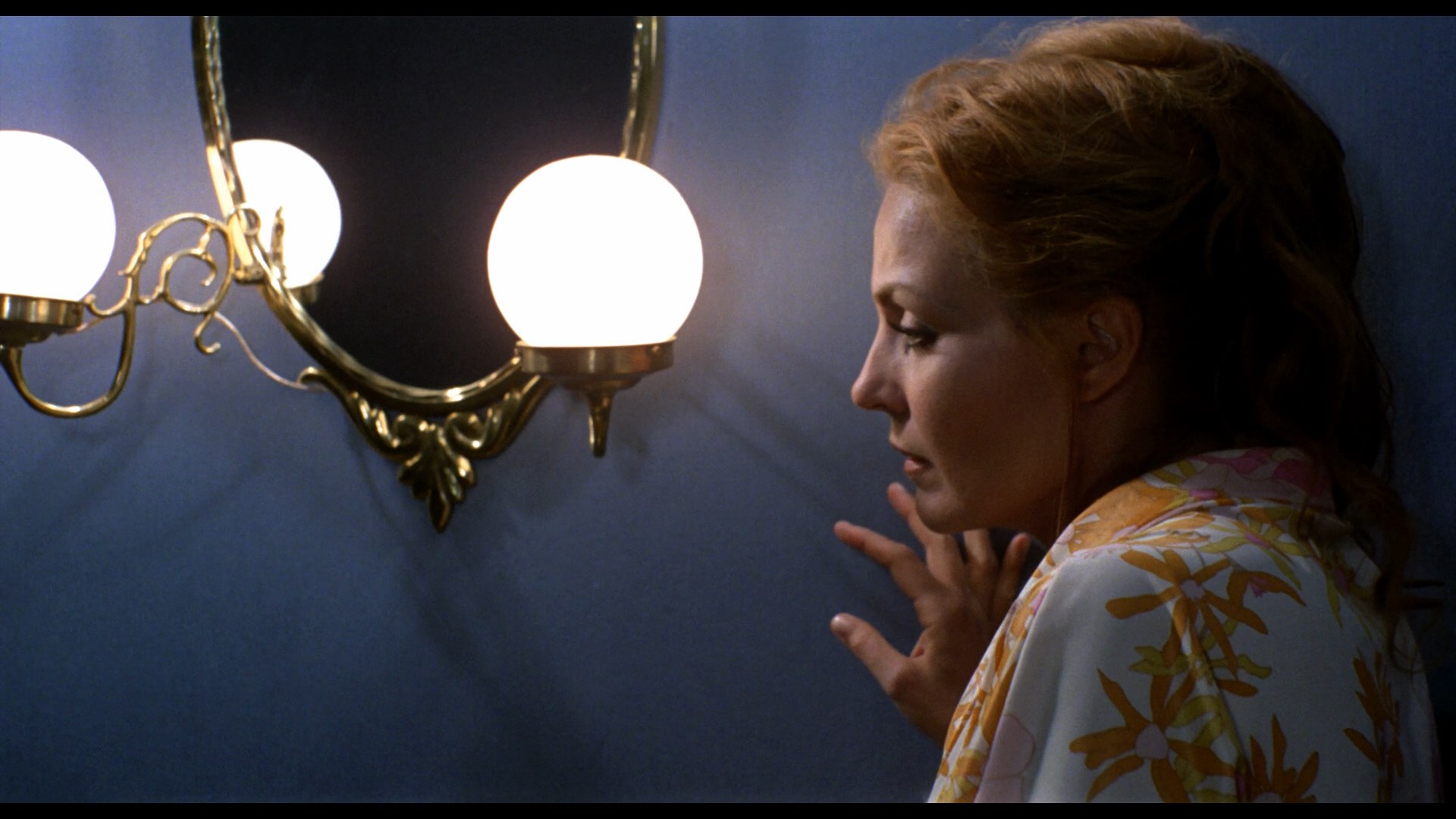 his deliberately controversial horror film,The Cannibal Man, Spanish director
his deliberately controversial horror film,The Cannibal Man, Spanish director 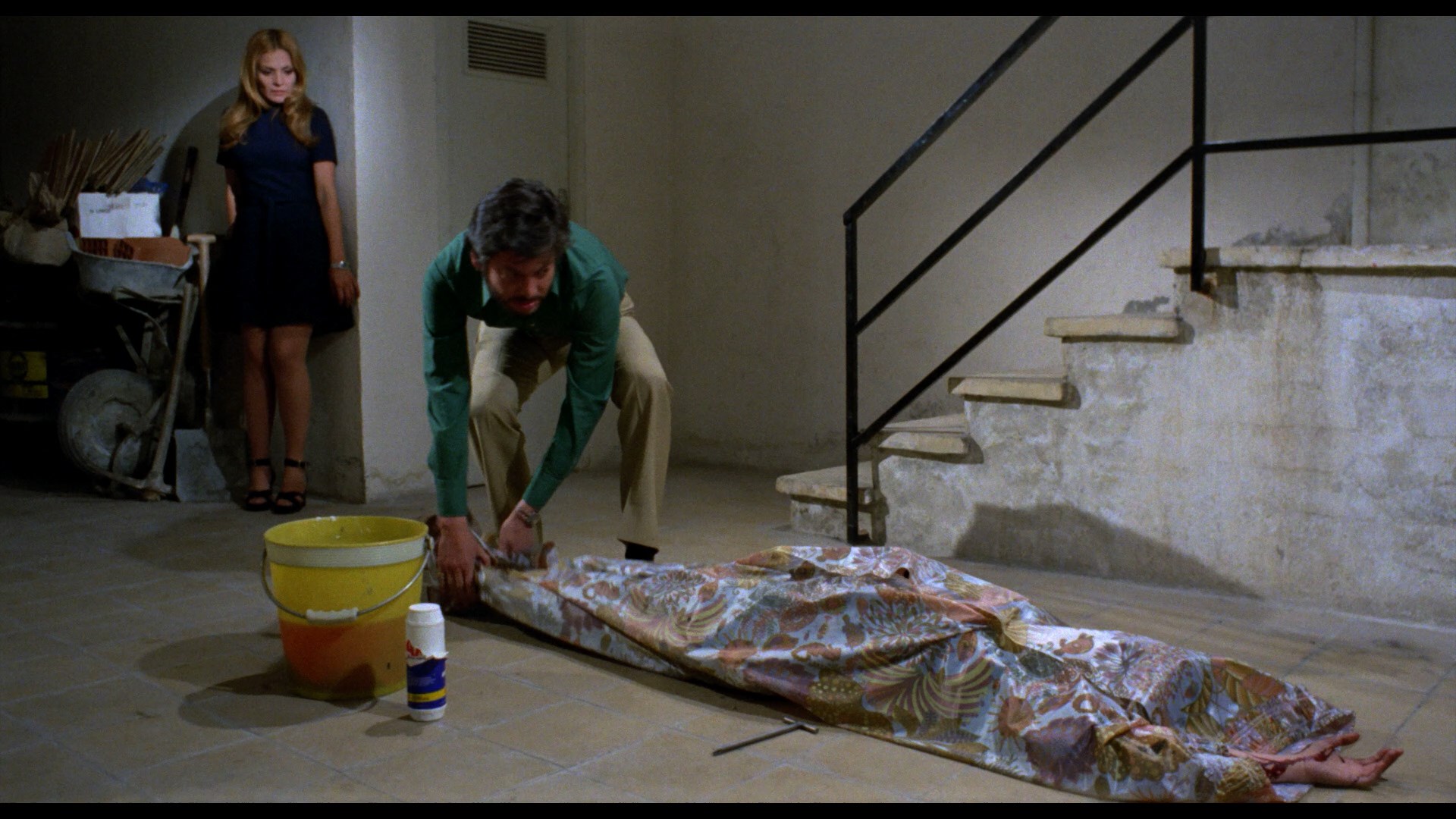 Eloy de la Iglesia and star Vicente Parra joined forces again for another suspense film, No One Heard the Scream (Nadie oyó gritar), this time dispensing with most of the overt gory shock value and instead drawing on both the popular Italian giallo wave of the early '70s (which impacted Spain with many imitators during the decade) and that old Alfred Hitchcock standby, the transference of guilt thriller. The result is a highly entertaining and twisty little chamber piece that unfortunately got little traction at the time outside of Spain, but Severin has given it a warm welcome at least in 2021 with Blu-ray and DVD editions that mark not only its North American debut but its first English-friendly official release anywhere.
Eloy de la Iglesia and star Vicente Parra joined forces again for another suspense film, No One Heard the Scream (Nadie oyó gritar), this time dispensing with most of the overt gory shock value and instead drawing on both the popular Italian giallo wave of the early '70s (which impacted Spain with many imitators during the decade) and that old Alfred Hitchcock standby, the transference of guilt thriller. The result is a highly entertaining and twisty little chamber piece that unfortunately got little traction at the time outside of Spain, but Severin has given it a warm welcome at least in 2021 with Blu-ray and DVD editions that mark not only its North American debut but its first English-friendly official release anywhere. 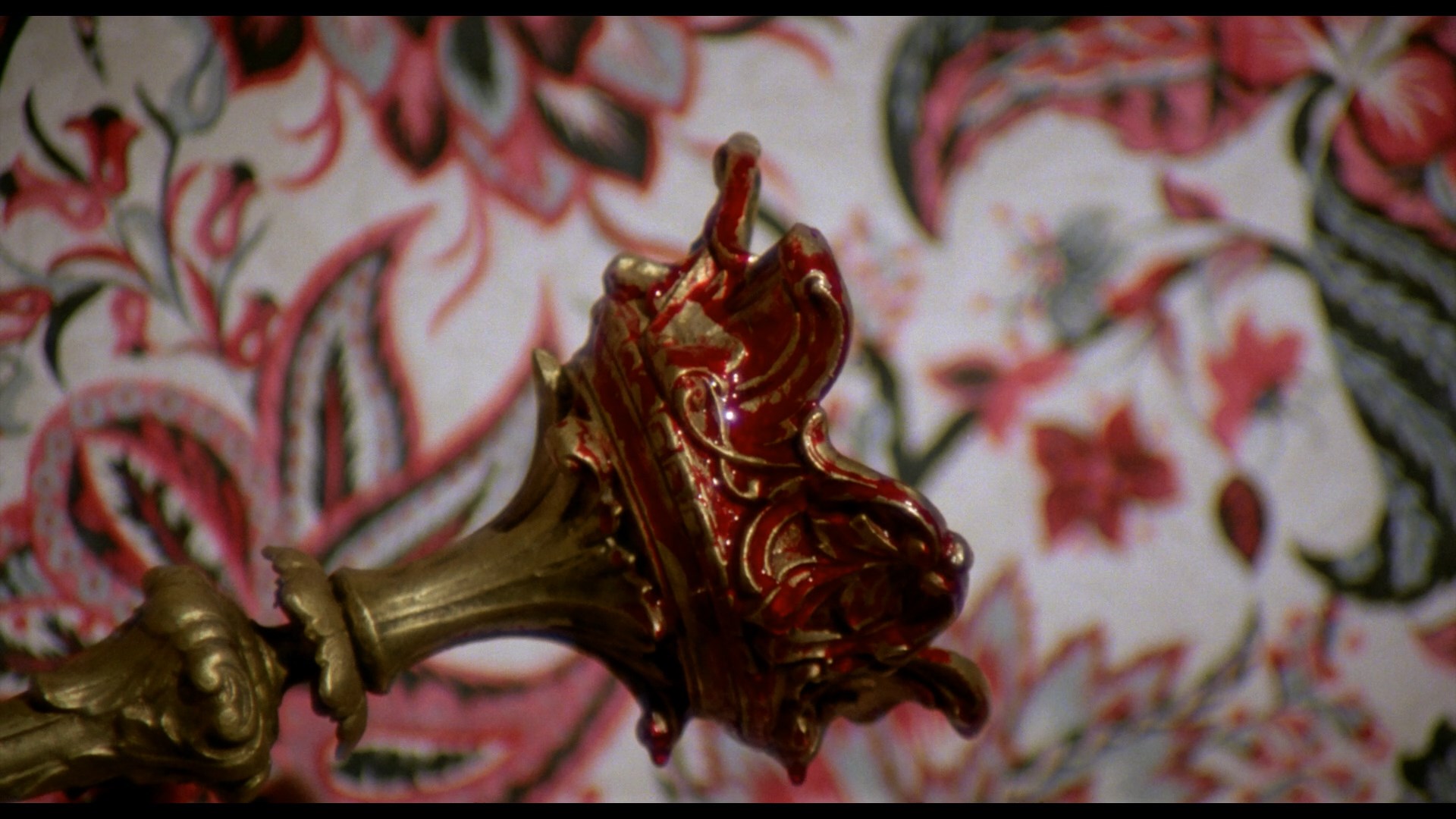 Nuria (Asquerino). Coming out of the shower, she hears the couple next door
Nuria (Asquerino). Coming out of the shower, she hears the couple next door 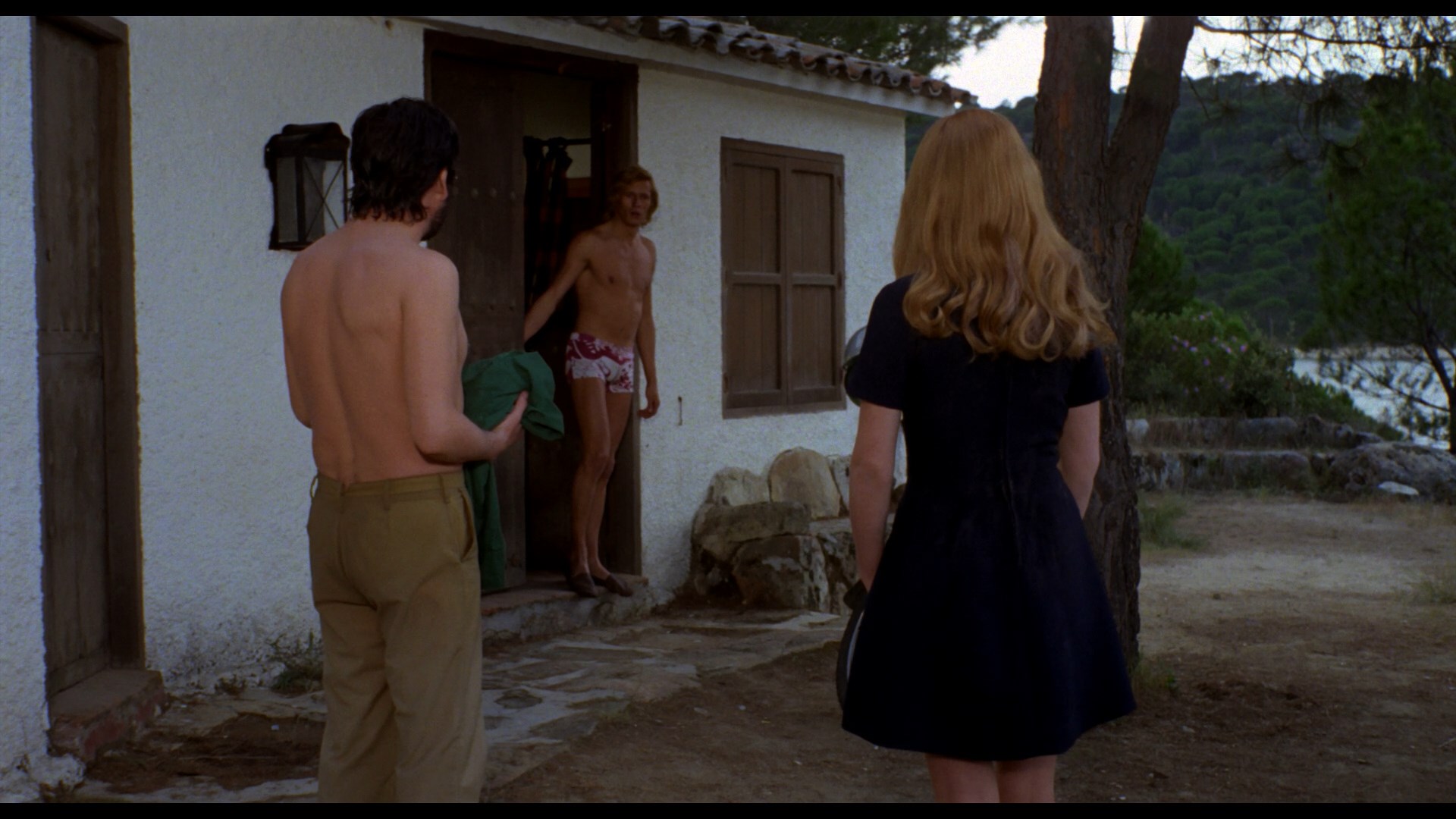 arguing violently and, upon opening her door, sees Miguel dropping his wife's body down the elevator shaft. After much badgering and an attempted home invasion at gunpoint, he manages to get Elisa to help him get rid of the body thanks to cleaning supplies, a shower curtain, and a car. What starts off as a simple trip to the countryside to get rid of a corpse turns into a twisted tangle of passion and double crosses leading to a crafty twist ending.
arguing violently and, upon opening her door, sees Miguel dropping his wife's body down the elevator shaft. After much badgering and an attempted home invasion at gunpoint, he manages to get Elisa to help him get rid of the body thanks to cleaning supplies, a shower curtain, and a car. What starts off as a simple trip to the countryside to get rid of a corpse turns into a twisted tangle of passion and double crosses leading to a crafty twist ending.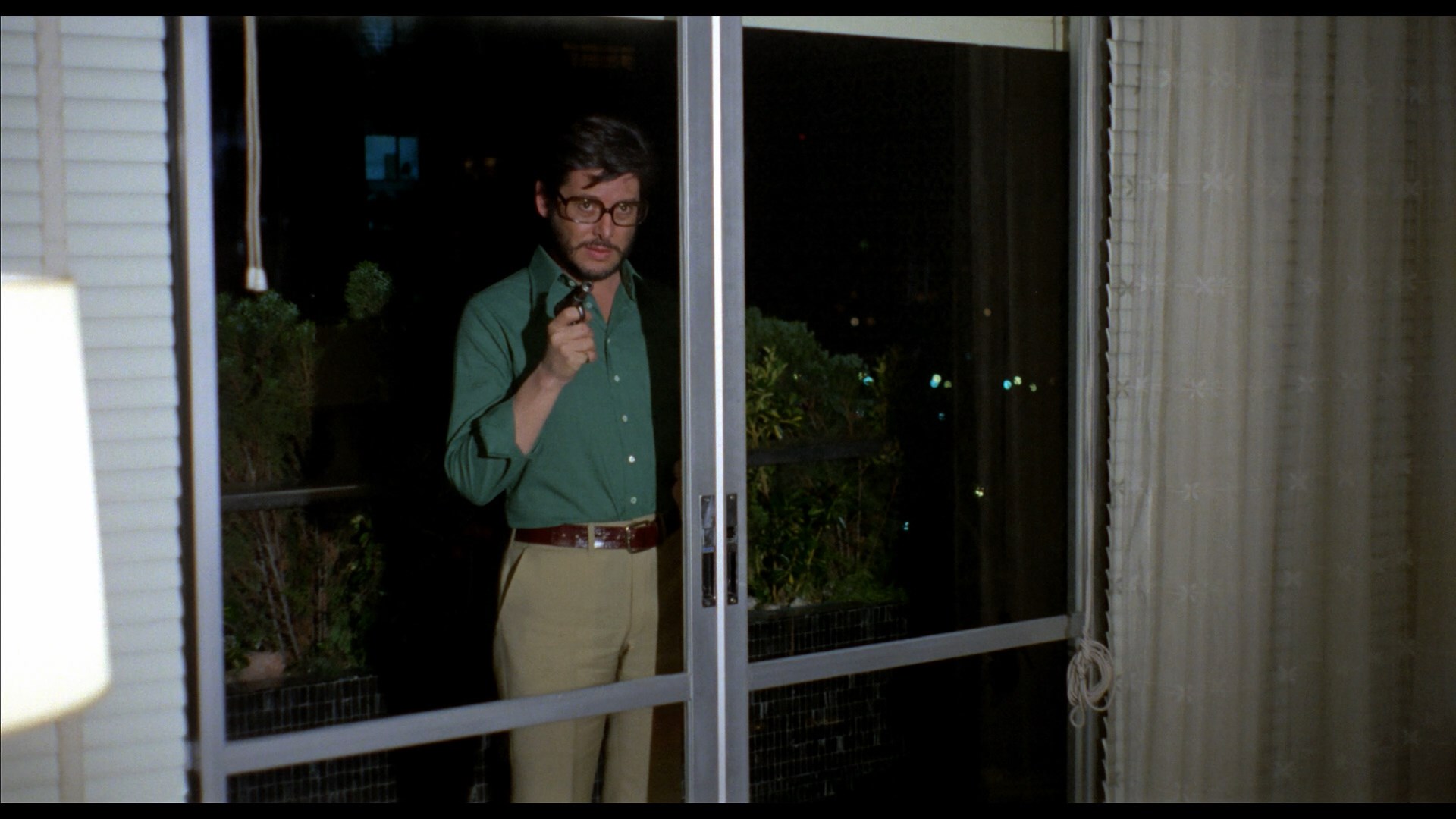 the flashy, blood-soaked hits by Dario Argento and his imitators that were more common at the time. There is
the flashy, blood-soaked hits by Dario Argento and his imitators that were more common at the time. There is 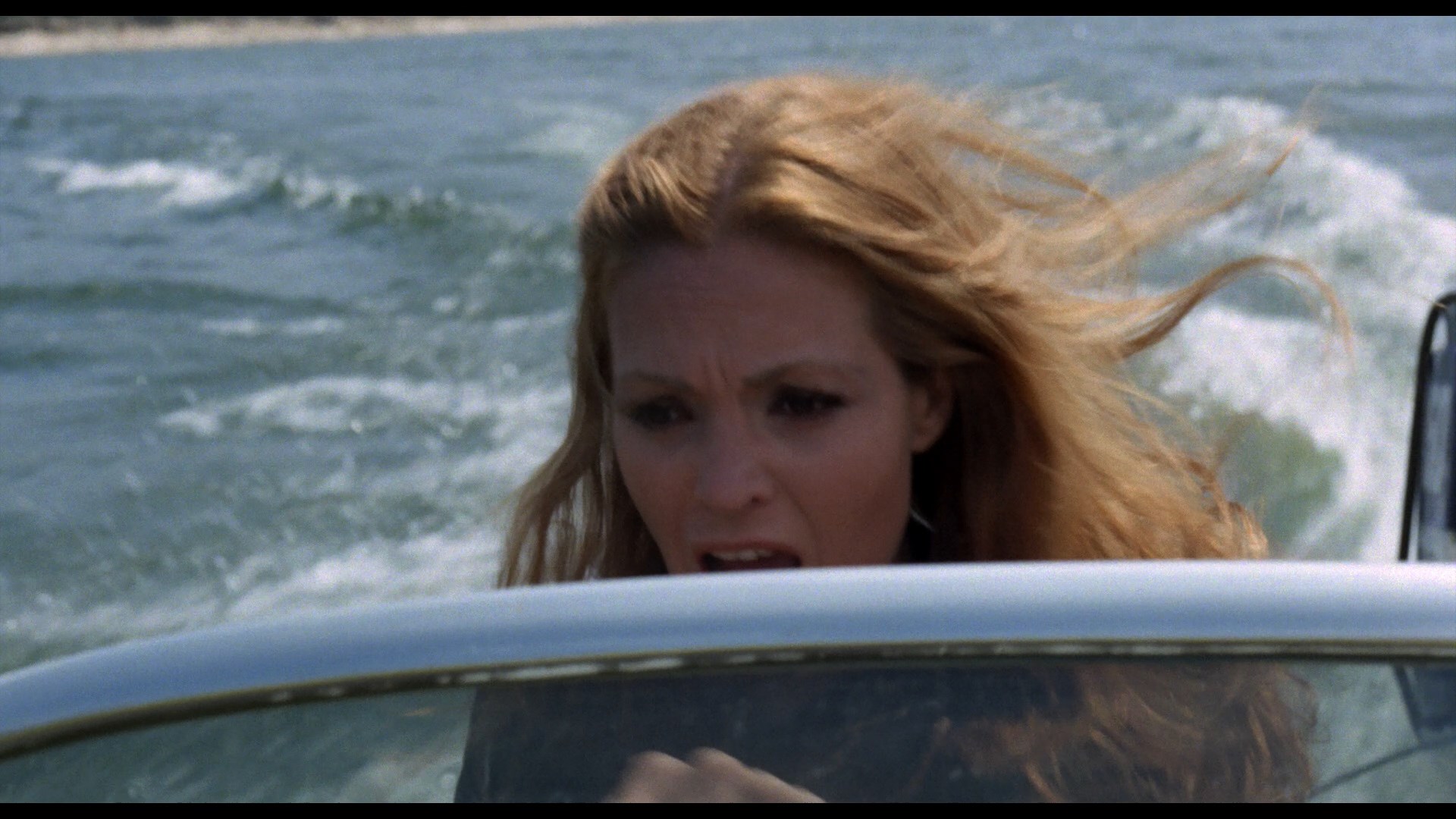 a bit of gore here in brief doses, but the film isn't overly violent and, probably due to the restrictions in Spanish cinema at the time, the sexual content is limited to some steamy, not terribly revealing clinches. The director's fascination with the odd zigs and zags of human sexuality is still here, of course, and it's something that would become even more obvious in later films until the post-Franco era really opened the floodgates for the rest of his career including the quinqui cycle.
a bit of gore here in brief doses, but the film isn't overly violent and, probably due to the restrictions in Spanish cinema at the time, the sexual content is limited to some steamy, not terribly revealing clinches. The director's fascination with the odd zigs and zags of human sexuality is still here, of course, and it's something that would become even more obvious in later films until the post-Franco era really opened the floodgates for the rest of his career including the quinqui cycle.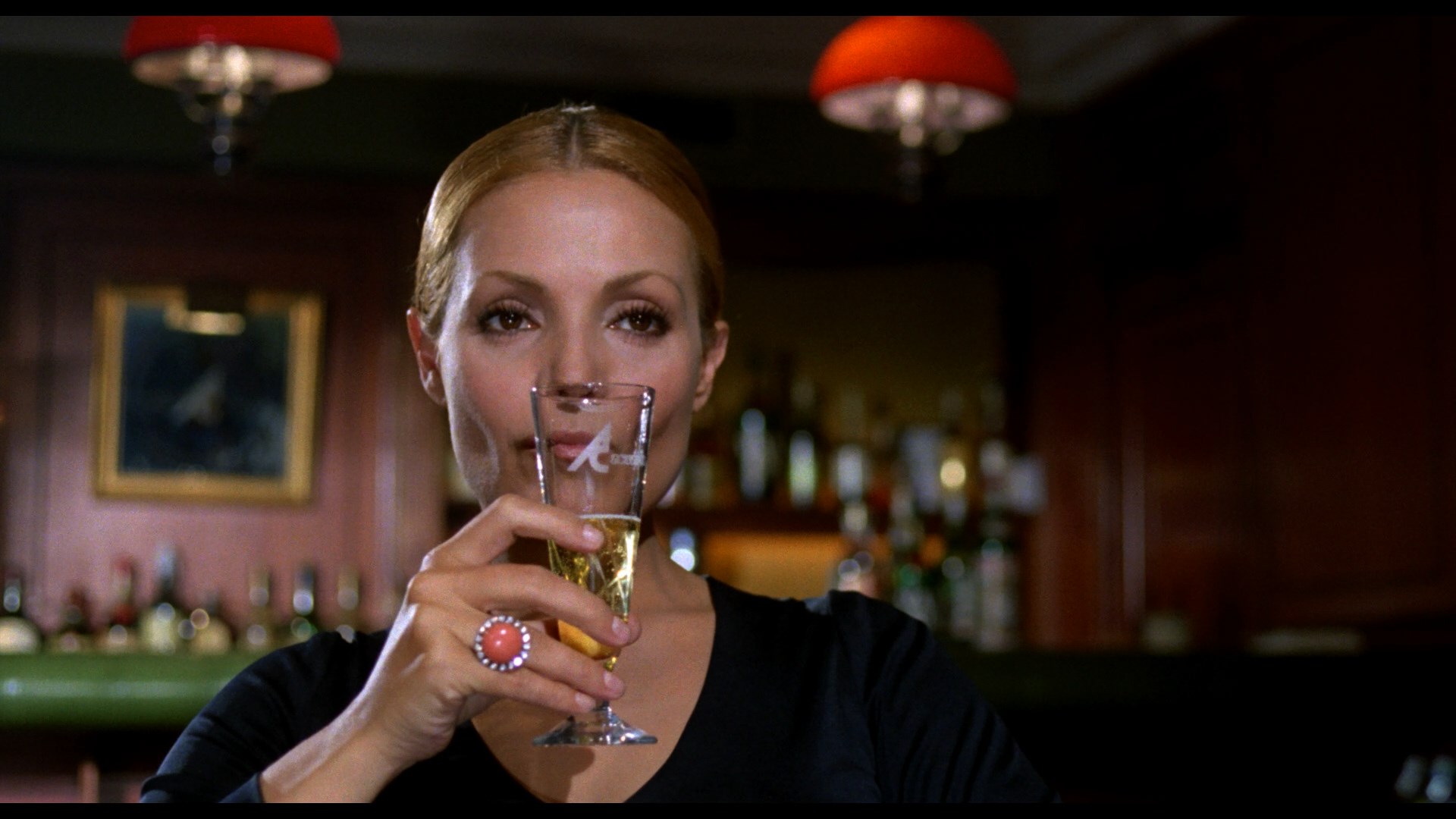 sync, indicating she wasn't
sync, indicating she wasn't 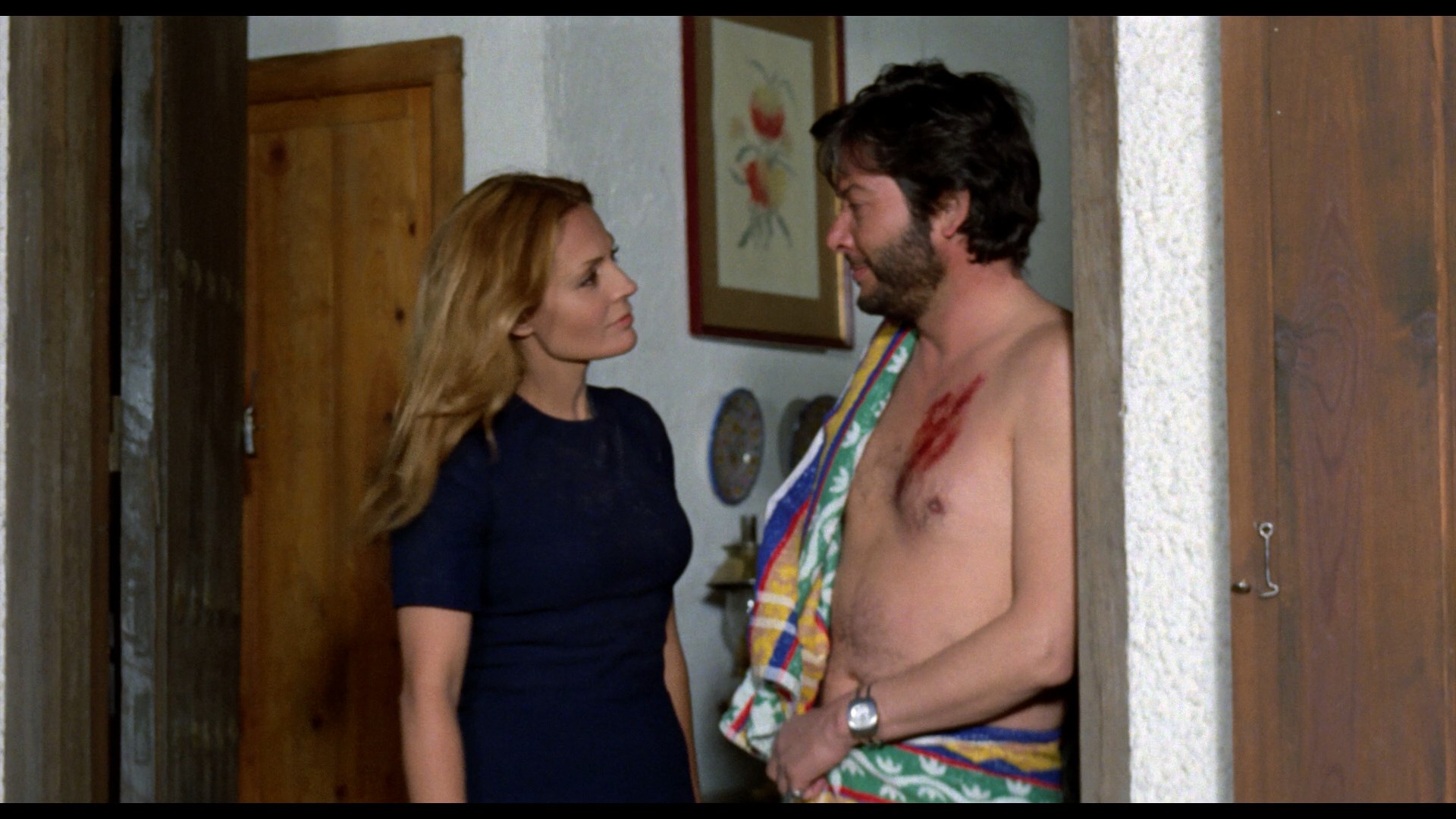 always speaking Spanish or had quite a bit of her dialogue reworked in post-production. The sole extra here is "Truth 24 Times a Second: Eloy de la Iglesia and the Spanish Giallo" (23m45s), with film studies professor Andy Willis sketching in the impact of Hollywood on the Spanish film community in the prior decade, the explosion of genre films despite Franco's restrictions, the heavy influence of the Italian influx of spaghetti westerns, and the Spanish quasi-giallo offerings of the time like this film, 7 Murders for Scotland Yard, Blue Eyes of the Broken Doll, and more. Of course, the bulk of the running time focuses on Iglesia's a unique spin through his overt male objectification, use of locations, and subversion of genre conventions, which ties it to other boundary-pushing films like The Blood Spattered Bride.
always speaking Spanish or had quite a bit of her dialogue reworked in post-production. The sole extra here is "Truth 24 Times a Second: Eloy de la Iglesia and the Spanish Giallo" (23m45s), with film studies professor Andy Willis sketching in the impact of Hollywood on the Spanish film community in the prior decade, the explosion of genre films despite Franco's restrictions, the heavy influence of the Italian influx of spaghetti westerns, and the Spanish quasi-giallo offerings of the time like this film, 7 Murders for Scotland Yard, Blue Eyes of the Broken Doll, and more. Of course, the bulk of the running time focuses on Iglesia's a unique spin through his overt male objectification, use of locations, and subversion of genre conventions, which ties it to other boundary-pushing films like The Blood Spattered Bride.![]()